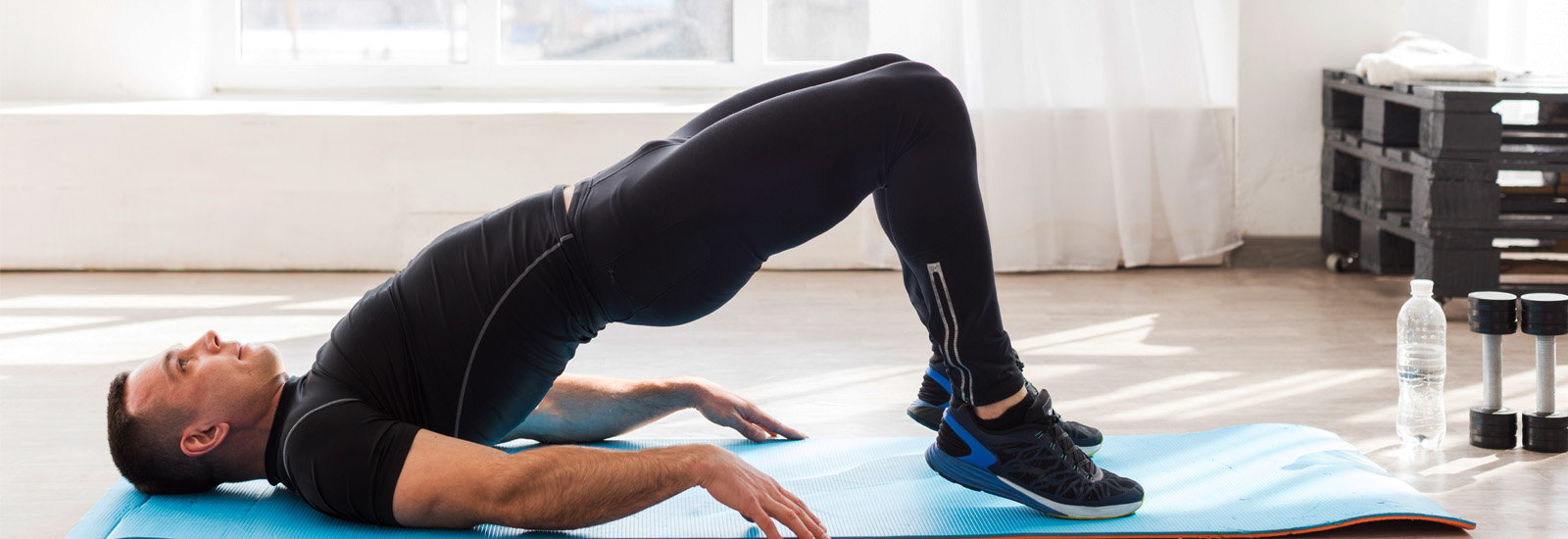
Can Kegel Exercises help prevent Erectile Dysfunction (ED) in men?
What are Kegel Exercises?
Kegel exercises, also known as pelvic floor exercises, involve repeated contraction and relaxation of the pelvic floor muscles. These muscles support the bladder, intestines, and, in men, the prostate. Strengthening these muscles can improve bladder control, sexual health, and overall pelvic function.
Benefits of Kegel Exercises for Men
- Improved Erectile Function: Strengthening the pelvic floor muscles can enhance blood flow to the penis, aiding in achieving and maintaining erections.
- Better Ejaculation Control: Stronger muscles can help in controlling ejaculation and prolonging sexual activity.
- Increased Bladder Control: Helps in managing urinary incontinence, a common issue that can affect confidence and quality of life.
How to Locate the Pelvic Floor Muscles
- While Urinating: Try to stop the flow of urine mid-stream. The muscles you use are your pelvic floor muscles.
- Without Urinating: Imagine you are trying to stop passing gas. The muscles you tighten are your pelvic floor muscles.
How to Perform Kegel Exercises
- Find a Comfortable Position: You can do Kegel exercises sitting, standing, or lying down.
- Contract Your Pelvic Floor Muscles: Tighten your pelvic floor muscles and hold the contraction for 3 to 5 seconds. Make sure you are only tightening your pelvic floor muscles and not your abdomen, thighs, or buttocks.
- Relax the Muscles: Relax for the same amount of time (3 to 5 seconds).
- Repeat: Aim to do 10 to 15 repetitions per session, three times a day.
Tips for Effective Kegel Exercises
- Consistency: Make Kegel exercises a daily routine to see the best results.
- Avoid Using Other Muscles: Focus solely on your pelvic floor muscles. Avoid tightening your abdomen, thighs, or buttocks.
- Breathe Normally: Don’t hold your breath while performing the exercises.
Integrating Kegel Exercises into Your Routine
- Set Reminders: Use alarms or reminders on your phone to ensure you perform the exercises regularly.
- Incorporate into Daily Activities: Practice Kegel exercises during daily activities like brushing your teeth, watching TV, or sitting at your desk.
- Gradual Increase: Start slowly and gradually increase the duration and intensity of your exercises as your muscles become stronger.
Tracking Progress
- Keep a Journal: Note the frequency and duration of your Kegel exercises.
- Monitor Improvements: Track any changes in erectile function, ejaculatory control, or bladder control over time.
When to Expect Results
Regular practice of Kegel exercises can show noticeable improvements in pelvic floor muscle strength and erectile function within a few weeks to a few months. Consistency and correct technique are key to achieving the best results.
Conclusion
Kegel exercises are a simple, non-invasive way to strengthen the pelvic floor muscles, which can help prevent erectile dysfunction and improve overall pelvic health. By incorporating these exercises into your daily routine, you can take proactive steps toward enhancing your sexual health and quality of life. If you have any concerns or need further guidance, consult with a healthcare professional for personalized advice.



